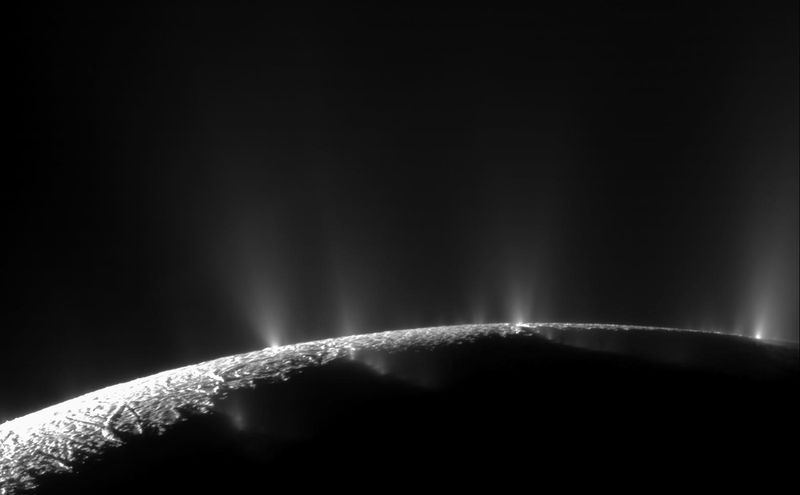The most promising place to search for extraterrestrial life may not be Mars, but the icy moons orbiting gas giants. Saturn’s moon Enceladus moved up the list as NASA data showed that the moon hosts a molecule thought to be key to the origin of life, suggesting there is more chemical energy for life than we thought.
Enceladus may not look very attractive; It looks like a big snowball. But beneath this icy crust lies a deep global ocean that is surprisingly habitable thanks to hydrothermal vents and, it turns out, a veritable buffet of the essential ingredients for life. Over the years, scientists have discovered complex organic molecules, phosphorus, and these conditions and found that they thrive. In another study, scientists were able to isolate another compound, methane, as well as microbes essential to life.
The new study, which analyzed data collected by NASA’s Cassini probe, puts even more weight on the potential habitability of Enceladus for some life forms. The team first discovered hydrogen cyanide, a molecule that is considered the starting point for most theories about how life arose here on Earth. Researchers call this molecule a kind of Swiss army knife because of its versatility in creating amino acids, the building blocks of life.
The team also found evidence that Enceladus’ chemical energy sources are much more powerful and diverse than previously known. In 2017, scientists found evidence of a potentially life-sustaining chemistry called methanogenesis, which consists of carbon dioxide, methane, and hydrogen. In a new study, researchers discovered several organic compounds oxidizing, a process that helps release more chemical energy.
“If methanogenesis is energetically similar to a small watch battery, our results suggest that the Enceladus ocean may offer something more like a car battery, capable of providing large amounts of energy to any life that might exist,” said Kevin Hand. co-author of the study.
Scientists state that the chemical pathways proposed in this study can be tested in the laboratory. As the evidence for life on Enceladus continues to grow stronger, more studies of Saturn’s strange moon are certain to be conducted. The study was published in the journal Nature Astronomy.













